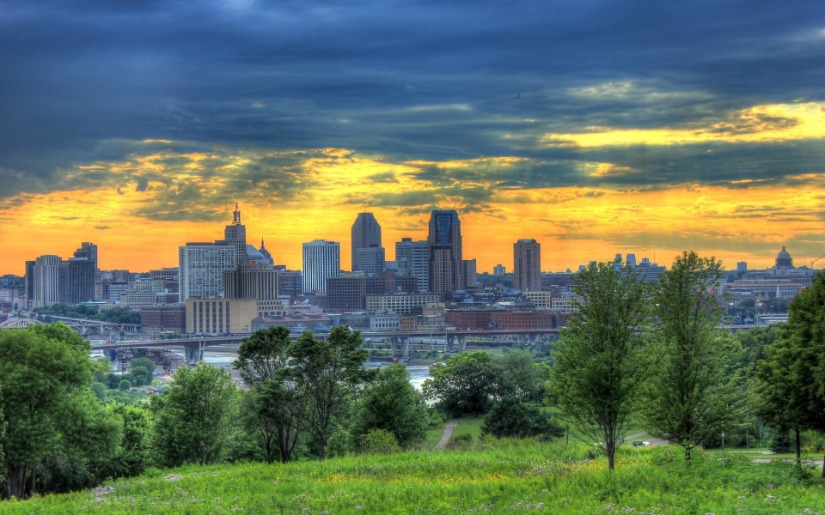Urban tree removals in the U.S. range from an estimated 16 to 38 million green tons per year. Removals of this magnitude—due to pests, storms, construction, hazard trees, etc.—are increasing the interest and adoption of practices to convert urban “waste” wood to useful products. One example is the Minneapolis-St. Paul (Twin Cities) metropolitan area where strong markets for biomass and landscape mulch are contributing to the growth of recycling fallen urban trees. Twin Cities-based tree service firms, wood recyclers, communities, niche businesses, and ancillary wood-using companies all contribute to regional wood utilization activities. State-based initiatives and programs are important in promoting and facilitating the conversion of urban wood residue into useful products. Also, the discovery of the emerald ash borer in the Twin Cities is leading to heightened awareness of urban wood utilization.
The concept of industry clusters—where businesses and/or organizations are located within a geographic region and have developed mutually beneficial cooperative links with one another—can serve as a template for starting or expanding an urban wood utilization program. Ingredients for a successful industry cluster include:
• Feasibility analysis
• Education, technical and research support
• Supportive government actions including financial grants
• Supporting and complementary industries
• Entrepreneurship and innovation
• Access to raw materials, markets and transportation networks
• Leadership, commitment and collaboration
• Business climate
The above ingredients are prominently evident in wood utilization activities in the Twin Cities. Three case studies highlighted in this report—a public urban forestry program, a small start-up business (entrepreneur), and a legislative funded initiative—strengthen the notion that an emerging and successful urban wood utilization cluster exists in the Twin Cities.
Communities, industries, and organizations across the country that seek to develop an urban-based wood cluster need to recognize what key ingredients are either present, absent or need bolstering in their particular situation. This report offers recommendations—using the Twin Cities as a case study—for advancing an urban wood utilization cluster in community and urban areas.
- Lead AuthorBratkovich
- DateJune 2010
- CategoryBuilding, Environmental, Forest products, Urban, Wood
- Project FileDownload

.png)

.png)
.png)

